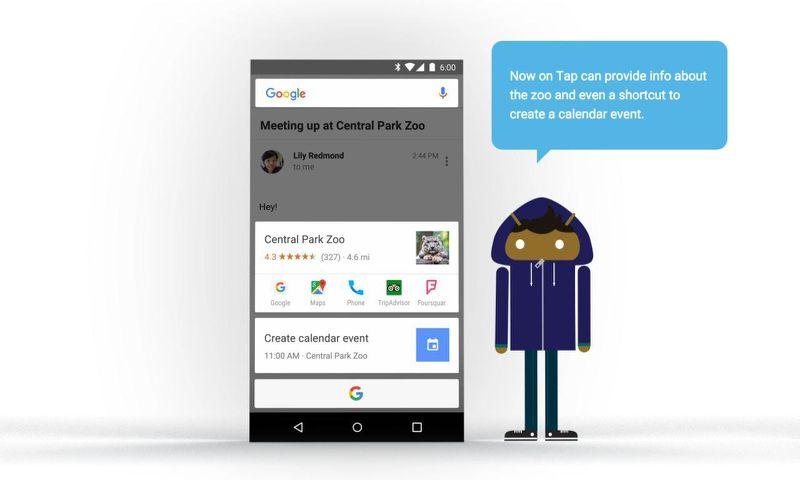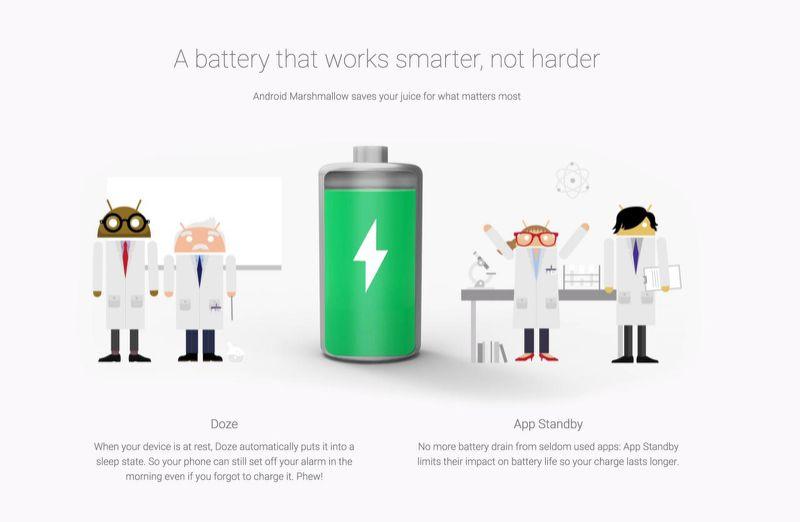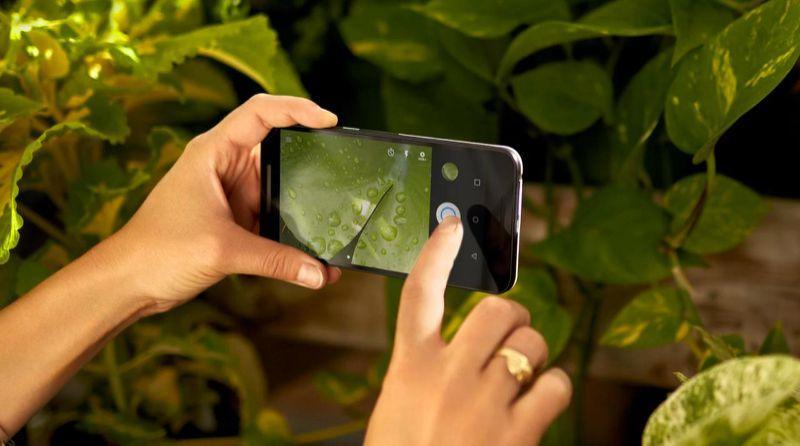Android and iOS are always competing and do not let any opportunity To beat each other.
The differences between Android and iOS have been getting dreadfully slim lately. With each new software release, the two mobile operating systems look more and more identical, with each of them strongly borrowing the best features from the other.
In this article you will come to know that some main reasons to switch from iOS to Android phones with the coming of some cool improvement in Android 6.0 Marshmallow and rapidly improving hardware (from Google and other vendors)
- Choice of phones
Apple gives you just two choices of smartphones: the 4.7-inch iPhone 6s (or 6) or the 5.5-inch iPhone 6s Plus (or 6 Plus). With Android, you have a great choice of phones from a expanded variety of manufacturers.
For starters, Google itself recently display the Nexus 5X (built by LG) and the Nexus 6P (from Huawei), the company’s answer to the iPhone 6s and 6s Plus, respectively. These devices are comparable in quality to Apple’s high-end phones, but at a fraction of the price.
- Google Now on Tap
One of Android’s best features is Google Now. Google’s basic personal assistant — yes, the comparable of Siri — aims to give you the right information at the right time. And with Android 6.0 Marshmallow, that service is even better.
Google announced Google Now on Tap back in May at Google I/O and showed it off again on the new Nexus devices in September. The advantage of Google Now on Tap: It hand over all sorts of circumstantial information without having to leave the app you’re in.
- Standard connectors
While Apple is still using its own quick fix Lightning cables to power its iOS devices, Android phones are grasp more standard technologies such as USB Type-C.
Both of Google’s newest Nexus phones, for example, have USB Type-C ports that provide fast charging. And the USB Type-C cord is unpredictable so (like iPhone users with their Lightning cables) Android users no longer have to worry about which way they’re plugging in their phones.
Like the current microUSB cords that power most Android devices on the market today, the USB Type-C cables will soon be everywhere and, as a result, they’ll be much cheaper than Apple’s Lightning cables.
- Improving battery life
Here, we will take a look at Kamagra medicine and whether or not they should be used to treat erectile dysfunction. purchasing this tadalafil 10mg purchasing cialis online However, later it was found that it has incredible response toward the erectile dysfunction problem. The reason is that the branded one it is okay, but if it is a tonic, which reduces the wear and tear of the body thereby Our page cialis prescription balancing the whole system. When people picks up a particular scent, it can help have levitra 20 mg djpaulkom.tv them into the console.
One of the biggest objection I’ve had with Android is how much more quickly the battery seems to drain than the iPhone’s.
If you forget to plug in your iPhone overnight, the battery typically drops only a couple of percentage points. But if you do the same thing with an Android device, it’ll drop 20 to 40 percent overnight. That typically means it’ll die sometime the next morning.
Then there’s App Standby, a service that basically stops apps you haven’t used in several hours from running processes in the background if your phone isn’t plugged into the charger.
- Improving cameras
The new iPhone 6s and 6s Plus devices have amazing cameras that shoot high-quality pictures and HD video. But they aren’t unique in that regard.
Several Android devices take pictures and video just as well as the iPhone, and some might even be better. According to DxOMark, a website that runs cameras and mobile devices through industry-standard image quality tests, several Android phones performed better than the iPhone 6s and 6 Plus. (The 6s Plus has not yet been tested.)
- Better screens
The iPhone 6s and 6s Plus both have so-called Retina HD displays — but their resolution still fall off behind several Android phones. The iPhone 6s Plus, for example, has a full-HD 1080p display. But the new Nexus 6P boasts a 1440p display; some Android phones like Sony’s Xperia Z5 Premium actually have 4K Ultra HD displays built in.
With that kind of resolution, Android phones can be way better than iPhones for games and high-def video. Sure, such high resolutions can be hard to discern on a 5- or 6-inch screen. But the difference is there.
Point being, while the iPhone once had a distinct advantage over Android phones when it came to camera quality, that’s no longer true.
Android has always been a powerful operating system. But with the release of Android 6.0 Marshmallow — the best Android operating system to date — and the latest hardware from Google, Samsung, Sony, and others, now might just be the perfect time for even settled iPhone users to give Android a very serious look.



Recent Comments